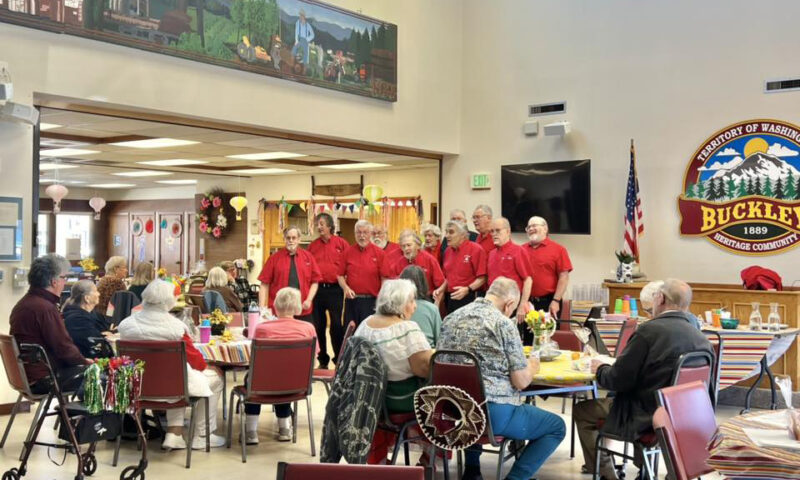(Pictured: One of the sights for train passengers in the Canadian Rocky Mountains.)
Wondering what are some of the must-experience travel opportunities by train for the post-retirement adventurer in 2025? Some of the answers are just north of the U.S.-Canada border.
Rail expeditions through the majestic Canadian Rockies, some of them starting in Vancouver, B.C., are at the top of the list for Vacations by Rail, a Chicago-based organizer of train vacations.
For train-lovers with an equal affection for Europe, the tracks beckon in Germany, France, the Netherlands and Switzerland. Combined with picturesque river cruises, these experiences are custom-tailored to the retired traveler, with minimal walking required and more time to enjoy iconic destinations comfortably.
From independent opportunities that allow for bespoke exploration, to tours led by world-class guides, it’s all aboard for myriad bucket-list journeys.
Canadian Rockies, starring
Banff and Lake Louise
This seven-day independent trip through Canada puts gorgeous scenery at every turn. The adventure begins with two days of sightseeing in Vancouver before boarding the Rocky Mountaineer for two days of daylight-only travel, with an overnight hotel stay in-between.
Patrons will travel past rivers and forests to Lake Louise. The journey continues through the mountains to the resort town of Banff, which is renowned for its variety of outdoor attractions, activities and charming downtown area, before concluding with a transfer to Calgary.
Canadian Rockies and
Rocky Mountaineer
Beginning in Vancouver, stunning views of the mountains and the ocean are part of a full day in the city before boarding the daylight-only chariot into the Rockies aboard the Rocky Mountaineer. The escorted tour makes an overnight stop in Kamloops, then continues through forests, mountain passes, and canyons en route to Jasper.
Moving further into the mountains, a stop is made at Columbia Icefield to explore Athabasca Glacier before headiing out again and arriving in Banff.
Glacier Express and the
majestic Rhine Cruise
Explorers enjoy a scenic alpine adventure aboard the legendary Glacier Express – considered one of the world’s finest escorted rail journeys – before descending into the valley for a Rhine River cruise.
The beautiful blue Danube
Travelers experience the convenience of direct flights to and from Munich for this eight-day luxury cruise on the Danube River. The scorted itinerary is an introduction to the must-see highlights of the Danube. River voyagers will enjoy leisurely cruising through four countries and three capital cities, with plenty of time to admire the river scenery.
Romantic Rhine Cruise
The breathtaking beauty of the Rhine River is on tap from the North Sea to the Swiss Alps. An escorted cruise through France, Germany, and the Netherlands while bound for Switzerland is a memory-making opportunity to admire stunning forested valleys, charming half-timbered towns, and incredible cities along the enchanting riverbanks.
Source: Vacations by Rail


